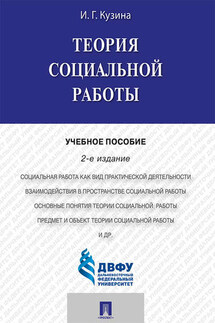Sensei of Shambala - страница 11
And when more serious fighters began to walk out to the improvised ring, Andrew couldn’t stand watching. Inspired by his recent victory, he volunteered to fight again. He lost almost immediately. This circumstance greatly fanned his dissatisfaction with himself. Infected by his emotional mood, our company screwed up all its courage and asked Sensei to stay for additional training. The Teacher answered smiling, without objections, “You know the law of this dojo: If you want to train, you stay and train.”
That day, fortune was on our side because Dump ling was not present at the training to irritate us with his importunity. Access to Sensei was free, and we could ask him about all aspects of the training that interested us.
While the majority of the crowd was leaving, all the rest were perfecting their blows’ weak sides. The ones we named “speedy guys” worked on their own level, and the rest of us on our own. But Sensei was closely watching all and correcting the mistakes he noticed. In the already deserted building, he showed us new kata (shadowboxing), which united the speed of undercuts, blows, overturns, and sharp withdrawals. When I started to practice them, Sensei suddenly came up to me from behind and, putting his hand on my shoulder, said “You’d better not do this.”
I turned to him in surprise: “Why?”
At this moment our eyes met at a close distance. I had such a drilling feeling as if someone were looking through me from head to toes with an X-ray. I’ve never seen such a gaze. It was very unusual, piercing, and strange.
“Because.”
That answer puzzled me a little. I was standing quite confused, not knowing what to say.
Keeping silent for a while, he finally added: “It would be better for you to do these kata.”
Sensei showed me movements that smoothly changed one into another, with deep breathing following them. All that time I was repeating after him almost automatically. And when he went to help others, endless questions started to flash in my head: “What did he mean? Can it be that he knows about my diagnosis? But how?! I didn’t tell any of my friends, and so far I didn’t show it in any way during training.” And during this process of thinking, I made an unbelievable discovery. At school, home, at ballroom dances, I had sometimes a sudden, throbbing, continuous headache, but here, no matter how much I tortured my body, this headache had never appeared. “Why? What is the reason for that?”
Being deep in my thoughts while working on new techniques, I didn’t notice how people crowded around Sensei, having interrupted their exercises. And when I finally realized that, I joined the listeners in order not to miss something important.
“Can you tell us how we can learn a technique of the real blow, just by training our muscles?” Andrew asked.
“No. First of all, by training your mind,” Sensei replied.
“And what does it look like?”
“Well, to be clearer, let’s say it this way… A muscle is like a mechanism that executes its function. It has certain programs coming from the brain in the form of neuron impulses. As a result of the work of such programs, signals arise in the brain that cause contractions of a group of muscles. Thus it results not only in movements of extremities but also in complex moving acts. It means that our training leads to a purposeful perfection of our brain and therefore of our muscles. The better and faster the trained brain works, the faster and better the muscles work.”






